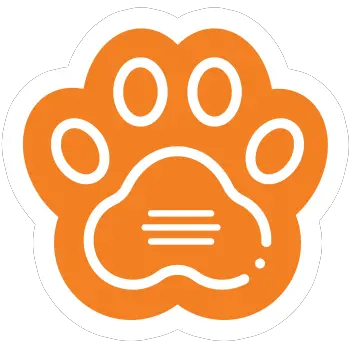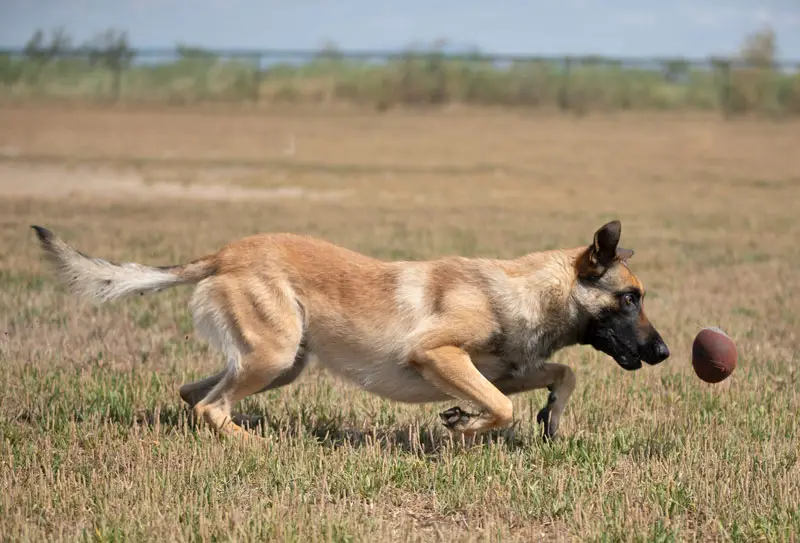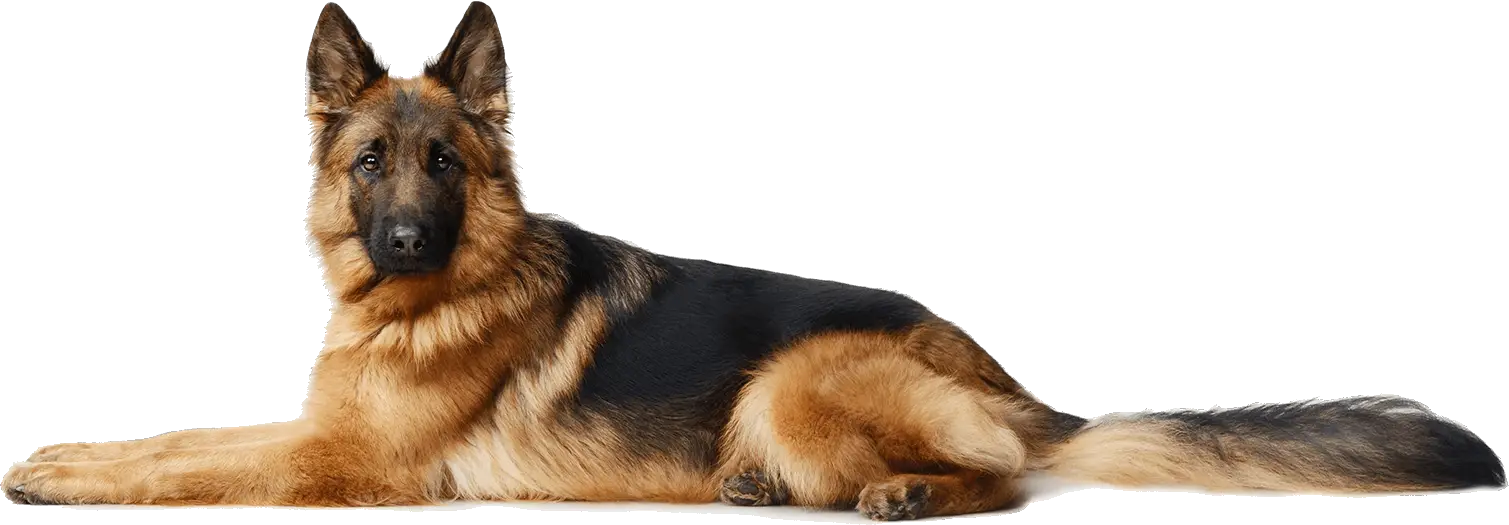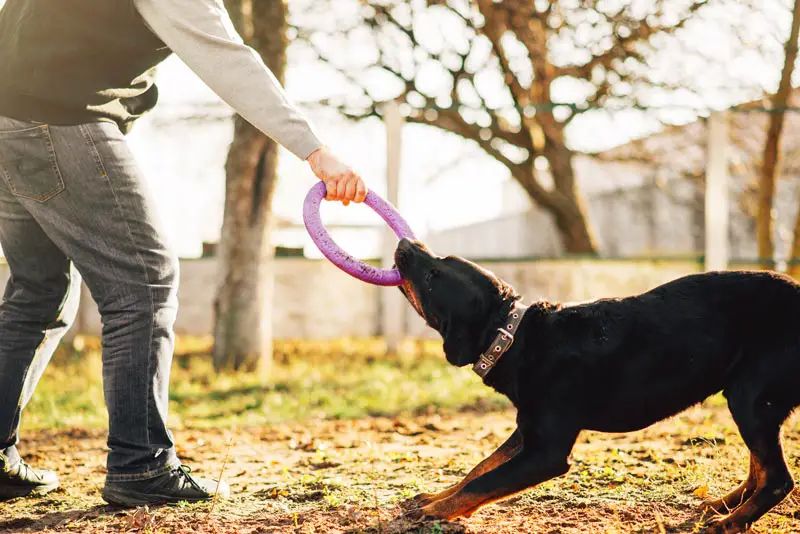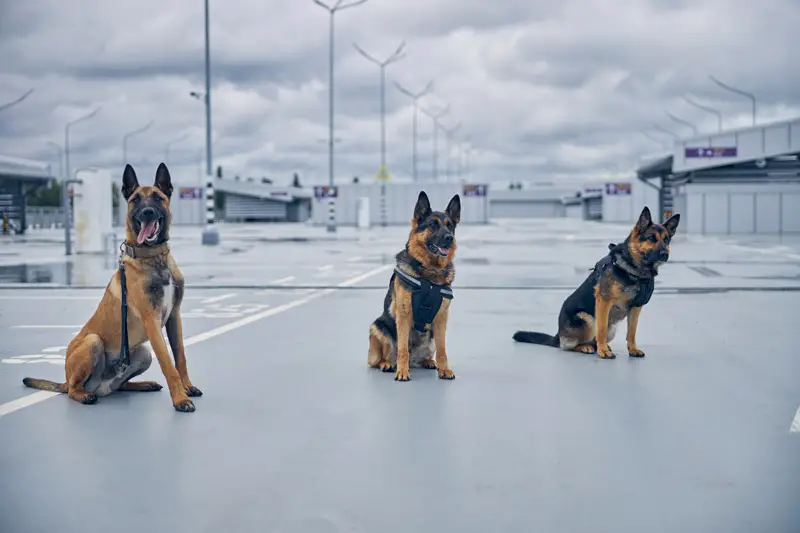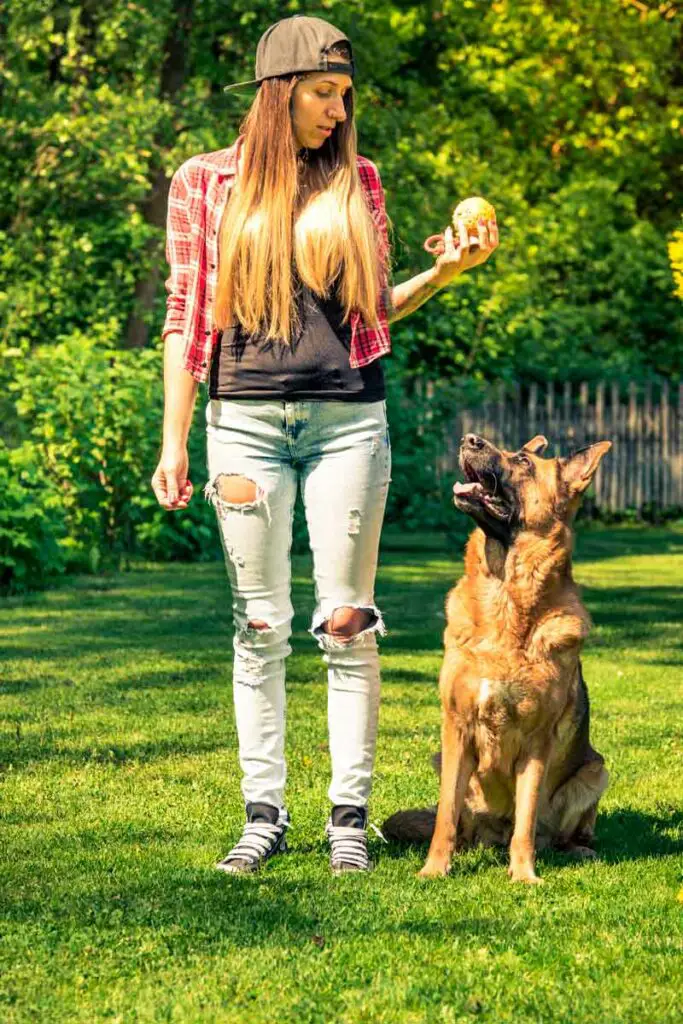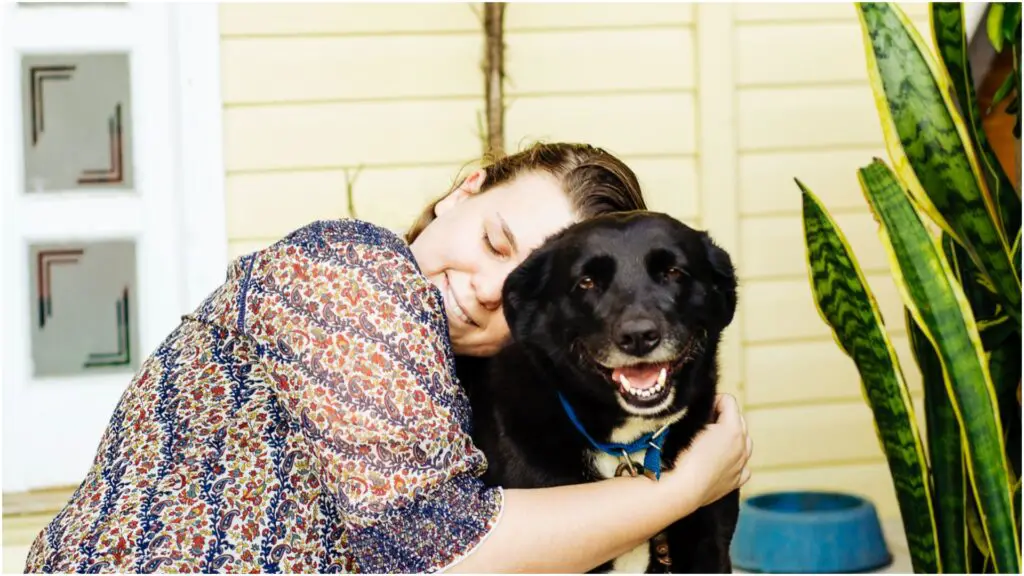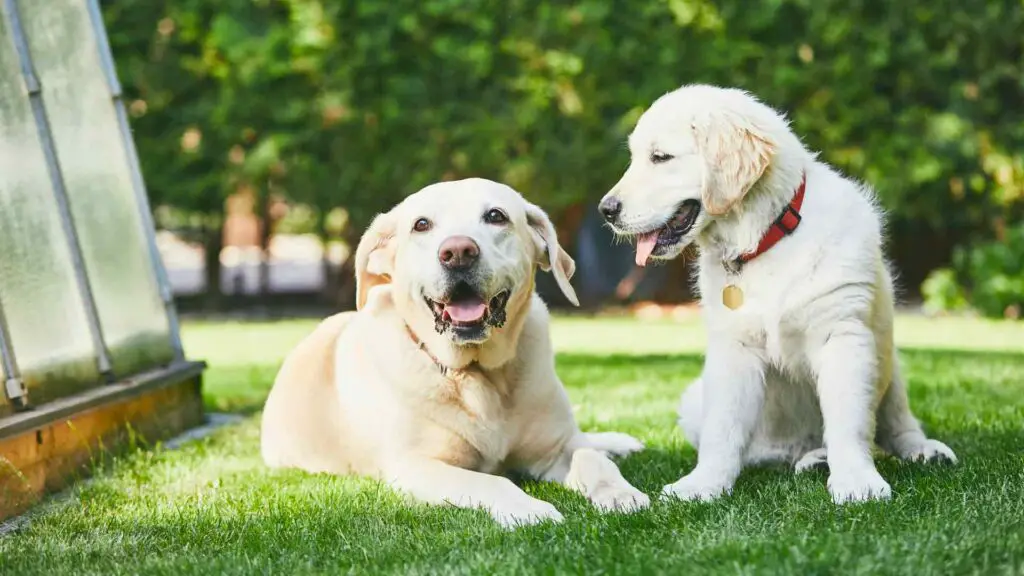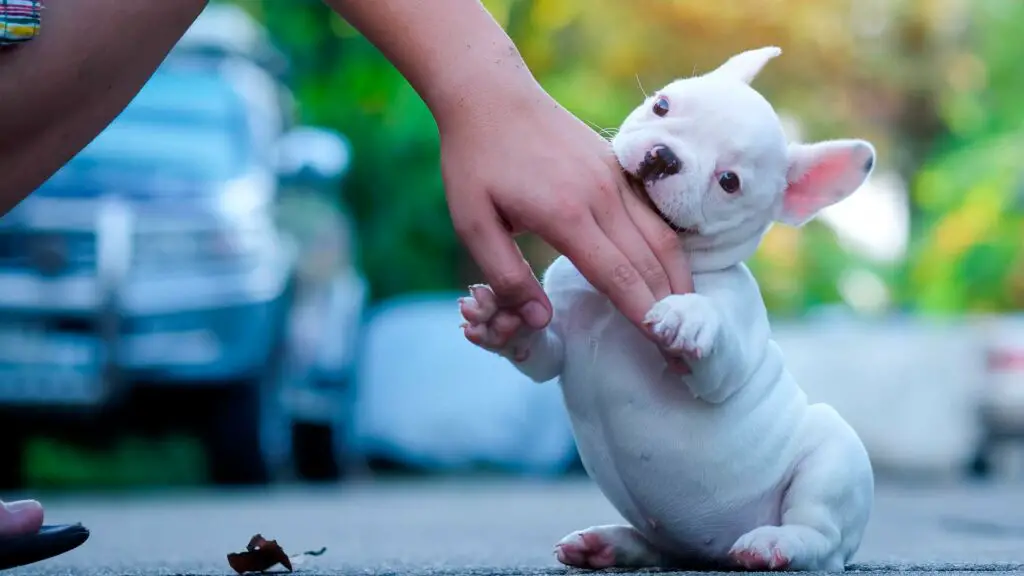Before you begin to mimic the training followed for search and rescue dogs, there are a few things that we want you to take into account, which is essential for all dog owners who self train. Firstly, you need to know that all dogs do not follow the exact search and rescue pattern; some are tracking dogs while others follow an object or human scent through the air. So two german shepherds trained differently will have different tracking styles.
Professionals train these dogs to participate in missions carried out by the military or police. If you wish to train your dog for these tasks, then consider hiring a professional. However, if you are just doing this for fun, we can take you to a step-by-step process of dog training that will help you. Follow these simple techniques and watch your dog enthusiastically progress.

